900932
TAMRA alkyne
≥95%
Synonym(e):
Tetramethylrhodamine alkyne
Anmeldenzur Ansicht organisationsspezifischer und vertraglich vereinbarter Preise
Alle Fotos(2)
About This Item
Empirische Formel (Hill-System):
C36H41N3O8
Molekulargewicht:
643.73
UNSPSC-Code:
12352200
NACRES:
NA.22
Empfohlene Produkte
Qualitätsniveau
Assay
≥95%
Form
powder or crystals
Eignung der Reaktion
reaction type: click chemistry
Lagertemp.
−20°C
SMILES String
O=CNCCOCCOCCOCCOCC#C.CN(C)C1=CC=C(C(C2=C(C([O-])=O)C=CC=C2)=C(C=C3)C(O4)=CC3=[N+](C)C)C4=C1
Anwendung
TAMRA alkyne is a red-fluorescent probe that through the alkyne group can be reacted with azides via a copper-catalyzed click reaction (CuAAC). TAMRA (tetramethylrhodamine) is a bright fluorescent probe and is compatible with various excitation sources including mercury arc, tungsten and xenon arc lamps, the 544 nm line of the Helium-Neon laser and the 532 nm green laser line.{37
Ähnliches Produkt
Produkt-Nr.
Beschreibung
Preisangaben
Lagerklassenschlüssel
11 - Combustible Solids
WGK
WGK 3
Flammpunkt (°F)
Not applicable
Flammpunkt (°C)
Not applicable
Hier finden Sie alle aktuellen Versionen:
Besitzen Sie dieses Produkt bereits?
In der Dokumentenbibliothek finden Sie die Dokumentation zu den Produkten, die Sie kürzlich erworben haben.
Kunden haben sich ebenfalls angesehen
Selective imaging of Gram-negative and Gram-positive microbiotas in the mouse gut.
Wang W, et al.
Biochemistry, 56(30), 3889-3893 (2017)
Chemoselective modification of viral surfaces via bioorthogonal click chemistry.
Rubino F A, et al.
Journal of Visualized Experiments, 66 (2012)
Jacob Gubbens et al.
Chemistry & biology, 16(1), 3-14 (2009-01-28)
New lipid analogs mimicking the abundant membrane phospholipid phosphatidylcholine were developed to photocrosslink proteins interacting with phospholipid headgroups at the membrane interface. In addition to either a phenylazide or benzophenone photoactivatable moiety attached to the headgroup, the lipid analogs contained
Unser Team von Wissenschaftlern verfügt über Erfahrung in allen Forschungsbereichen einschließlich Life Science, Materialwissenschaften, chemischer Synthese, Chromatographie, Analytik und vielen mehr..
Setzen Sie sich mit dem technischen Dienst in Verbindung.

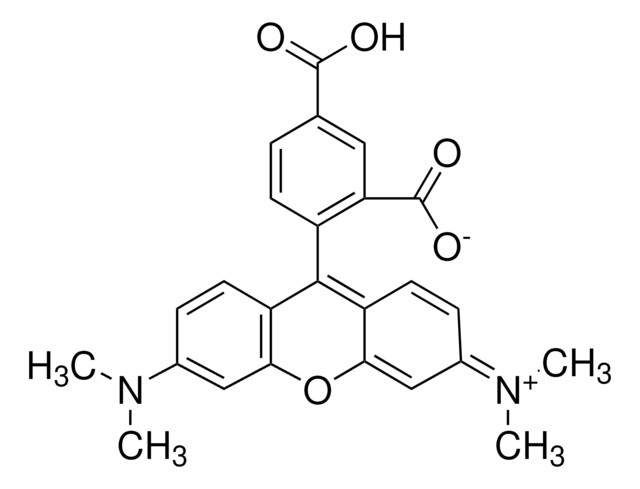

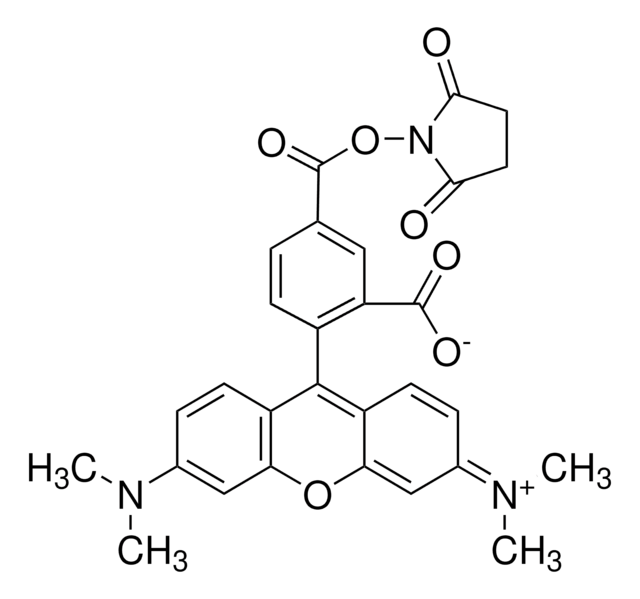
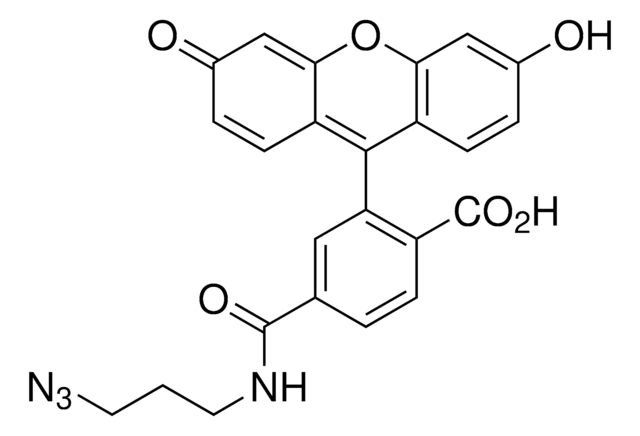

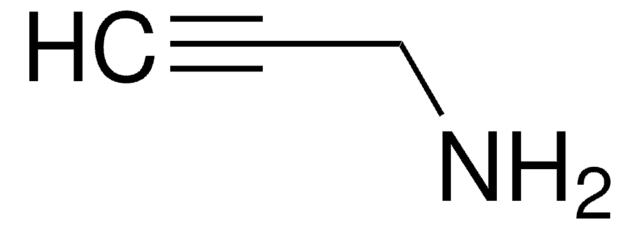
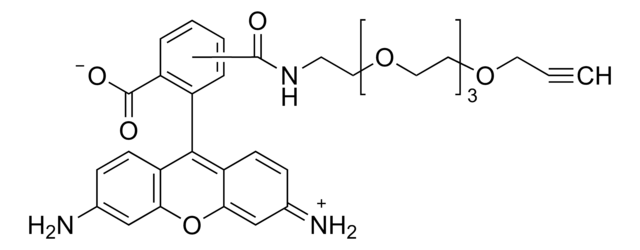
![Tris[(1-Benzyl-1H-1,2,3-Triazol-4-yl)methyl]amin 97%](/deepweb/assets/sigmaaldrich/product/structures/179/695/86a721c8-2a4c-4e4f-bc36-6276ce7a941f/640/86a721c8-2a4c-4e4f-bc36-6276ce7a941f.png)
